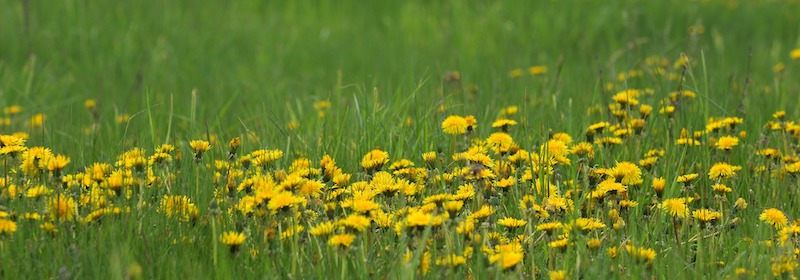Carbon Robotics unveiled its 3rd generation Autonomous Weeder, a farming robot that scans the rows of crops, identifies and destroys weeds with high powered precision lasers.
The challenge with weeds is that they compete with crops for space, sunlight, and nutrients from the soil. It’s a major concern for farmers since weeds can make it easier for pests to harm the crops. It’s a common practice to use chemical herbicides to kill weeds but they can contaminate scarce water supplies and affect the soils health. And with an ever decreasing supply of manual labor to take on the tedious work, pulling weeds out by hand has become a bigger problem every year.
The Autonomous Weeder works by driving down the rows of crops and scans the ground with 12 cameras and identifies weeds with an on board computer run by an AI that shoots carbon dioxide lasers that zap and kills the weeds without harming soil or contaminating water. This cube on wheels can eliminate 100,000 weeds per hour and weed 15 to 20 acres a day. In comparison a laborer might only weed one acre per day.

Carbon Robotics´CEO Paul Mikesell told the Seattle Times that it costs hundreds of thousands of dollars but it should be able to pay for its self within a few years. Even though farmers are used to paying such prices for other farming equipment, many won´t be able to purchase one for themselves since they sold out their available units for this year, although some leasing options are available.
The few farmers who were able to get their hands on these smart weeding robots have expressed their satisfaction with its performance.
¨This is one of the most innovative and valuable technologies that I´ve seen as a farmer,¨ James Johnson of New Mexico´s Carzalia Farm said in a press release. ¨I expect the robots to go mainstream because of how effectively they address some of farming´s most critical issues, including the overuse of chemicals , process efficiency ,and labor,¨ he added.







